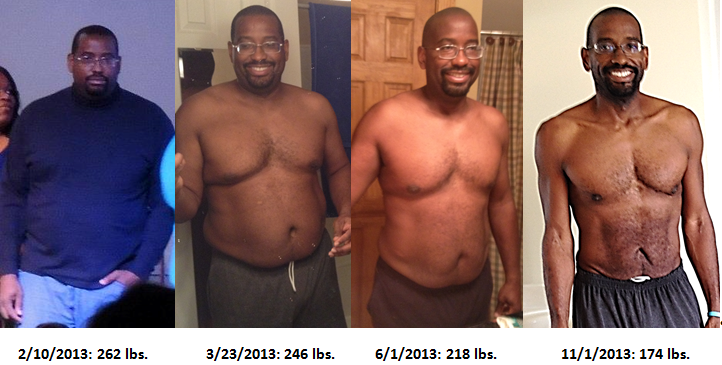
Comprehensive school health programs can't be standardized. It must be created and implemented locally with the help of committed resources. The WSCC Model requires collaboration among school stakeholders. This includes the parents, students, teachers, and health professionals. A healthy learning environment can be a key component of a strong school-based health program. In addition, it should be safe and conducive to physical and mental well-being. The WSCC Model emphasizes prevention, early diagnosis of illnesses and injuries, and assessment of effectiveness.
The WSCC Model is the most commonly used model for school-health and it is a good match for a range of reasons. The WSCC is a model that puts the student's needs first and emphasizes community support for schools. It emphasizes the link between academic achievement and health, and promotes the use of evidence-based school policy to improve health. Cross-cutting questions are included in the AFHK's SHI to help identify policies and practices that support multiple health topics.

Although schools cannot solve all the nation's health problems, they can coordinate efforts from many sectors to improve the health and well-being for young people. These efforts must involve parents, health care professionals, community organizations serving youth, and the media. Although there is a list that has been approved for school health programs, the public lacks awareness. The goal of a school-based health care program should be to improve the lives of young people and their communities by reducing the health and educational costs.
The SHI Guide provides an in-depth assessment of school health. It also identifies strengths as well as weaknesses. The SHI guide summarizes all of the responses from respondents and provides suggestions for improvement. Schools can create a more inclusive and healthy environment for their students and staff by having a comprehensive SHI. This guide can be used to help schools develop a culture that promotes health and better outcomes for students and staff.
Comprehensive school health programs focus on student health and well-being. Its focus is on six priority behaviors that affect the health and well-being of young people. The program must address nutrition and foodservice as they account for nearly two-thirds all deaths and other morbidities in young people. The model should not only provide these services but also include family participation. The model should include family involvement in all aspects related to school health care.

The WSCC Model emphasizes preventive service in schools. Extended services are provided by the WSCC model in a way that is not available in other settings. These services address a wide range of health issues and highlight the importance of family involvement in children’s development. The WSCC model promotes health for all children. The program can also help communities improve their quality of life. These activities have a positive affect on the mental well-being and health of children.
FAQ
Is cold a sign of a weak immune response?
Cold can make you less immune to infection because your body makes fewer white blood cells, which are essential for fighting infections. But, cold makes you feel better. Your brain releases endorphins that reduce pain.
Take herbs and other supplements to improve your immunity
It is possible to boost immune function by using herbs and natural remedies. Some common examples include garlic, ginger, oregano oil, echinacea, ginkgo biloba, and vitamin C.
These herbal remedies should not be used in place of conventional medical treatment. Side effects may include nausea, diarrhea, stomach cramps (dizziness), headaches, dizziness and stomach cramps.
What is the difference in a virus and bacteria?
A virus is a microscopic organism that cannot reproduce outside its host cell. A bacterium (or single-celled organism) reproduces by splitting itself into two. Viruses measure only 20 nanometers in diameter, but bacteria is up to 1 millimeter in size.
Viruses are often spread through contact of infected bodily fluids like saliva, urine or semen. Bacteria are often spread via direct contact with contaminated surfaces or objects.
Viral infections can also be introduced to our bodies by a variety of cuts, scrapes or bites. They may also enter through the nose, mouth, eyes, ears, vagina, rectum , or anus.
Bacteria can be introduced to our bodies by cuts, scrapes or burns. They may also be introduced into our bodies through food and water as well as soil, dirt, dust, and animals.
Both viruses and bacteria can cause illness. Viruses cannot multiply in their host cells. They only cause disease when they infect living tissue.
Bacteria can multiply within their hosts and cause illness. They can spread to other parts of our bodies. They can even invade other parts of the body, which is why antibiotics are necessary to eradicate them.
What is the difference in calorie and kilocalories?
Calories measure the energy content of food. A calorie is a unit of measure. One calorie equals one degree Celsius of energy to raise water temperature by 1 gram.
Kilocalories are another term for calories. Kilocalories are measured in thousandths of a calorie. 1000 calories is one kilocalorie.
What's the problem with BMI?
BMI stands for Body Mass Index, which is a measurement of body fat based on height and weight. This formula calculates BMI.
Weight in kilograms divided by height in meters squared.
The result is expressed in a number between 0 - 25. Scores of 18.5 and higher indicate overweight, while scores of 23 and higher indicate obesity.
A person who weighs 100 kg and has a height of 1.75 m will have a BMI of 22.
What are the best 10 foods to eat?
The 10 best foods to eat include:
-
Avocados
-
Berries
-
Broccoli
-
Cauliflower
-
Eggs
-
Fish
-
Grains
-
Nuts
-
Oats
-
Salmon
Statistics
- The Dietary Guidelines for Americans recommend keeping added sugar intake below 10% of your daily calorie intake, while the World Health Organization recommends slashing added sugars to 5% or less of your daily calories for optimal health (59Trusted (healthline.com)
- Extra virgin olive oil may benefit heart health, as people who consume it have a lower risk for dying from heart attacks and strokes according to some evidence (57Trusted Source (healthline.com)
- This article received 11 testimonials and 86% of readers who voted found it helpful, earning it our reader-approved status. (wikihow.com)
- According to the Physical Activity Guidelines for Americans, we should strive for at least 150 minutes of moderate intensity activity each week (54Trusted Source Smoking, harmful use of drugs, and alcohol abuse can all seriously negatively affect your health. (healthline.com)
External Links
How To
How to stay motivated to stick to healthy eating and exercise
Here are some motivational tips to stay healthy
Motivational Tips To Stay Healthy
-
Write down your goals
-
Realistic goals
-
Be consistent
-
Recognize yourself for achieving your goal
-
If you fail the first time, don't lose heart
-
Have fun